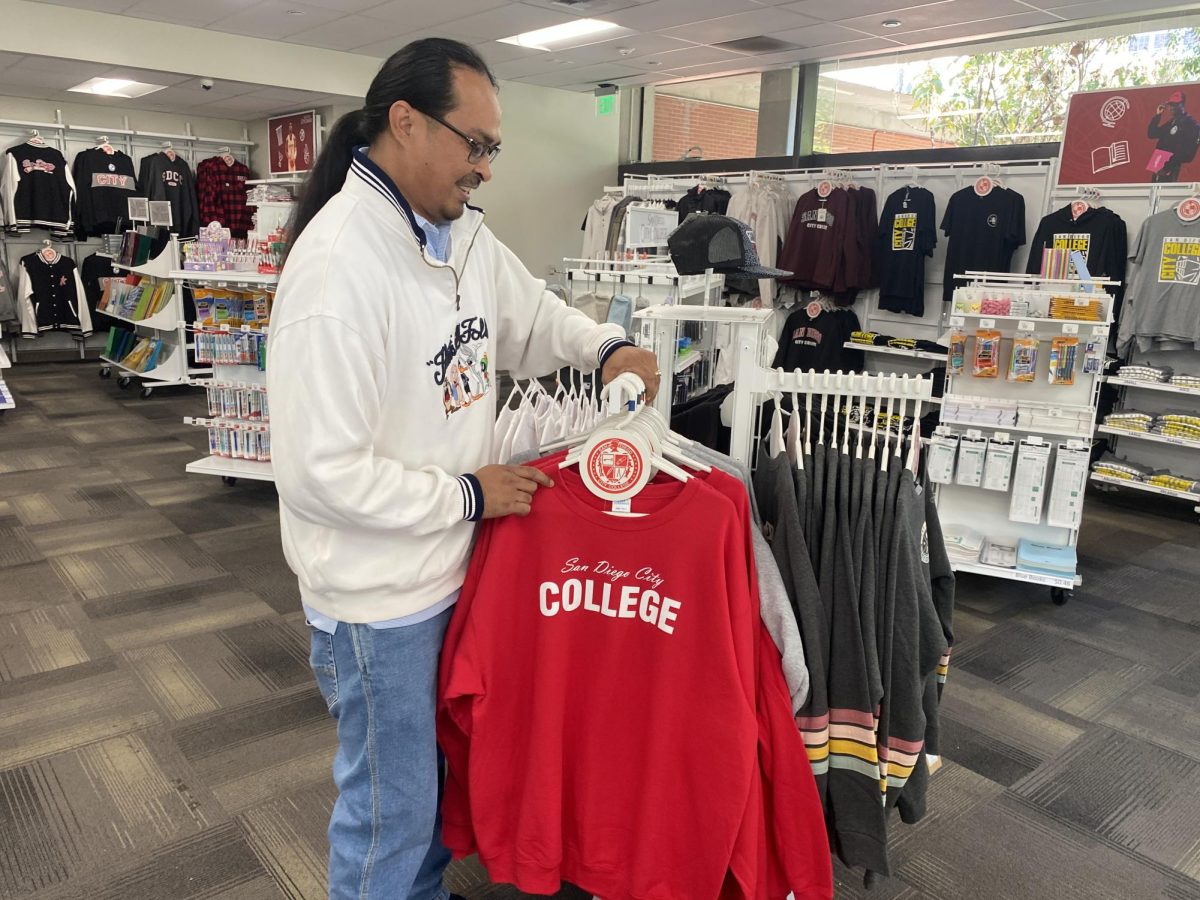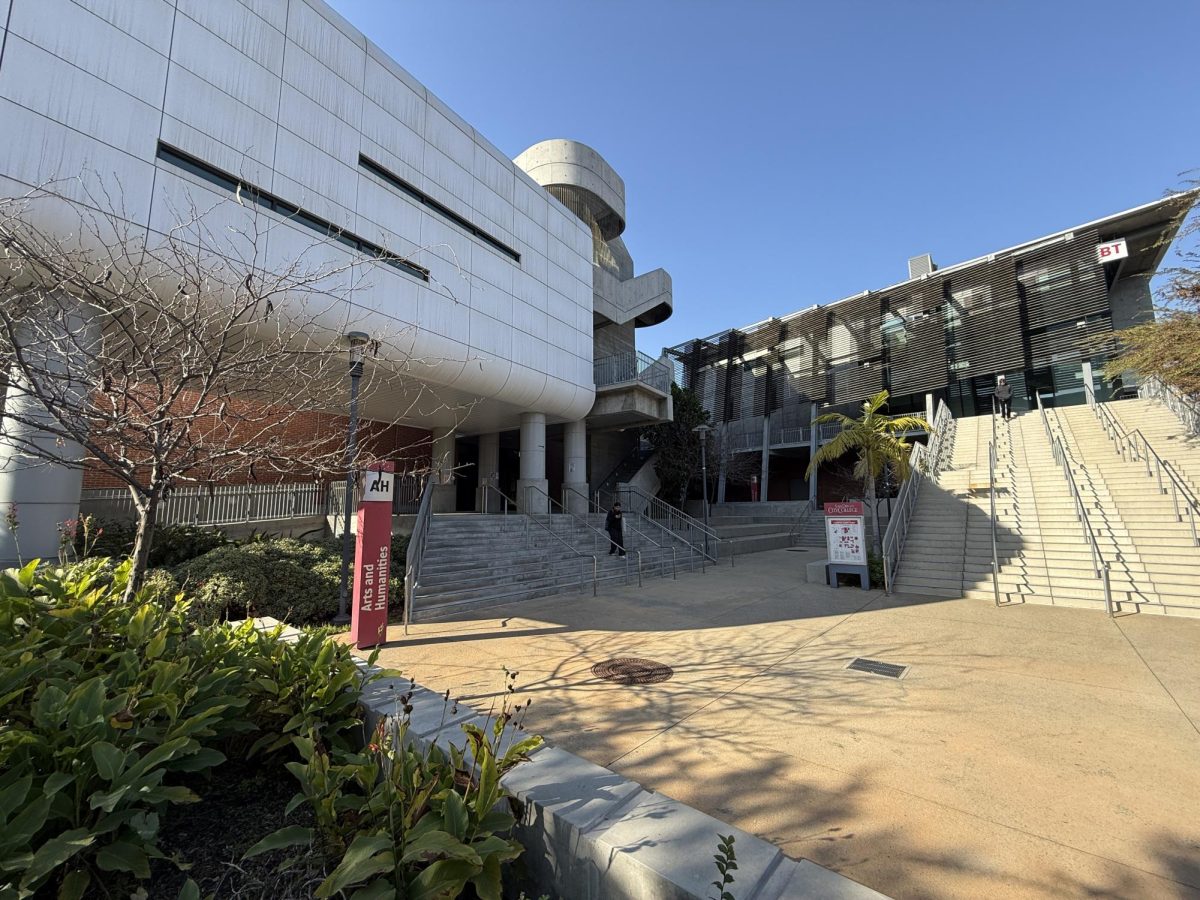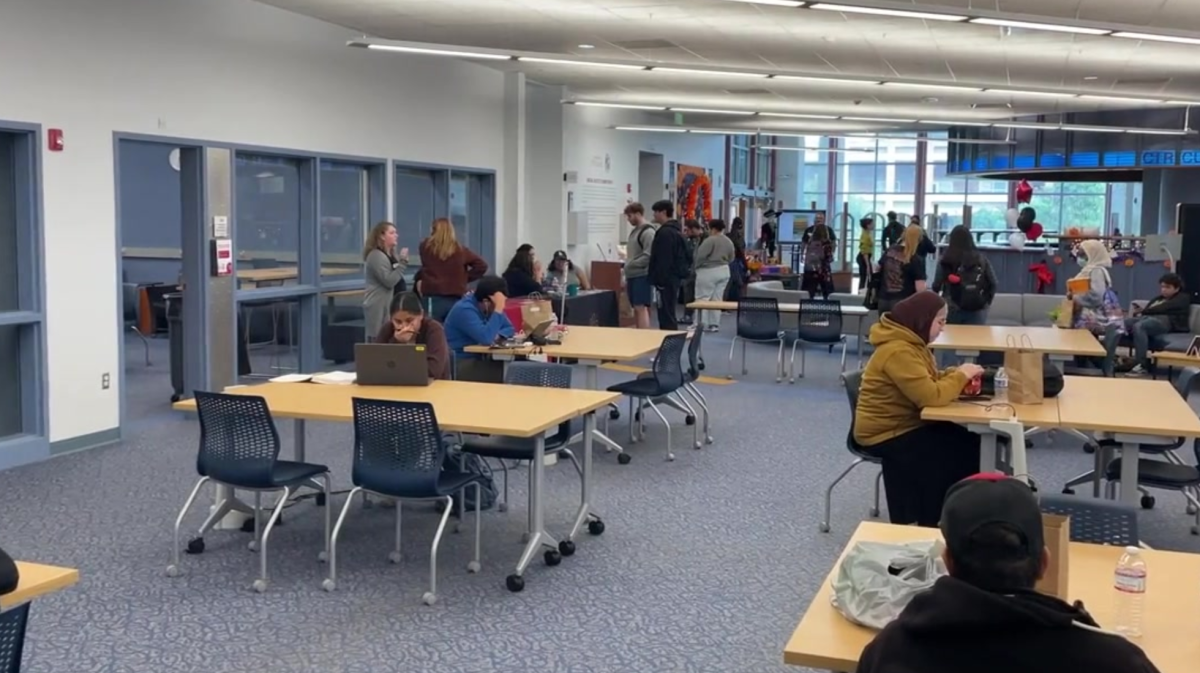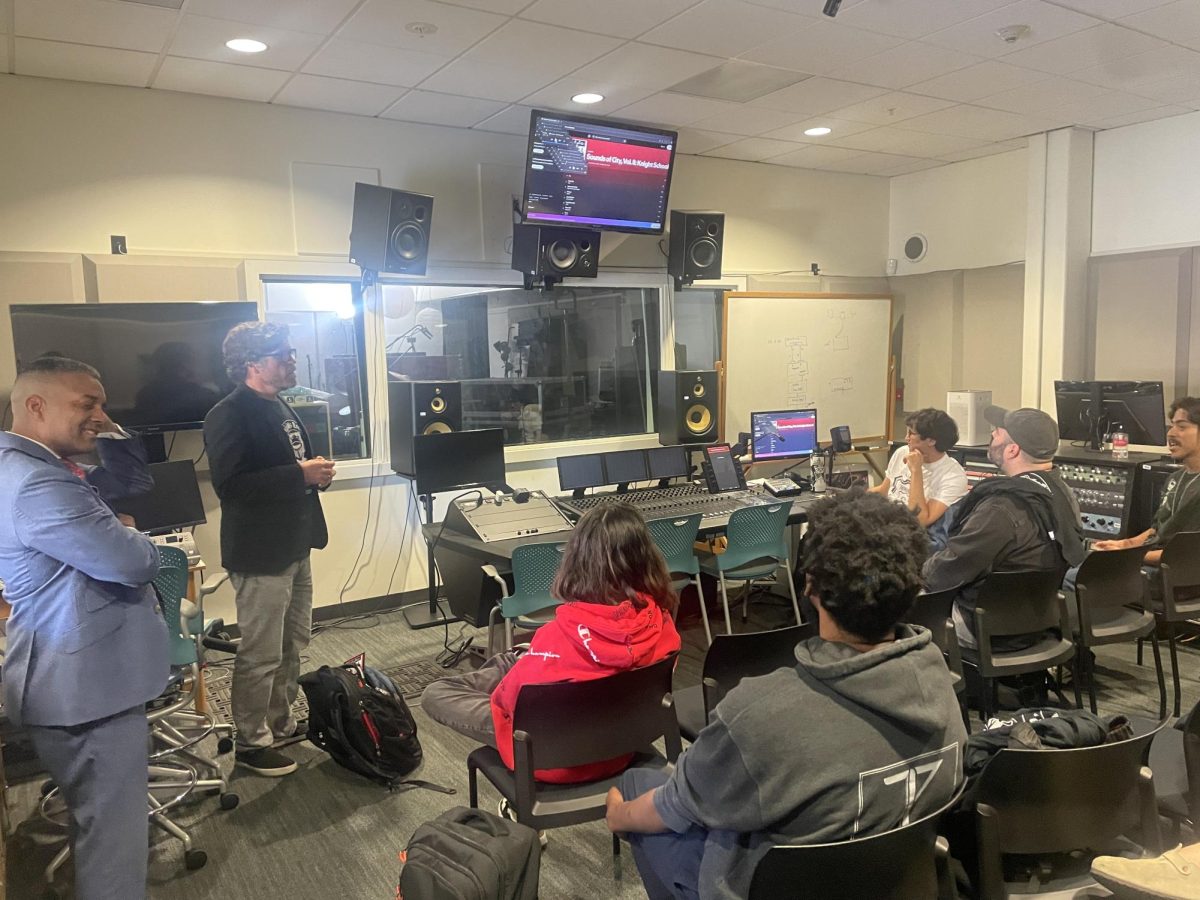With the recent success of PSY and “Gangnam Style” becoming such a hit last year, many people may be thinking that Asians are finally getting their time in the spotlight. But this small stride has been a long time coming.
While African Americans and Latinos have slowly become more visible in popular culture, Asians are still struggling and stereotypes about Asian culture still exist.
A recent presentation by the Pacific Arts Movement illustrated these stereotypes, particularly ones existing in entertainment. Ordinary representations of Asians simply cannot be found in Hollywood.
“It should come as no surprise that in the U.S. there are stereotypes of Asians and the media perpetuates these,” said Pacific Arts Movement Art Director Brian Hu. He later asked the crowded room “Do you know where to find ordinary representations of Asians?” The answer is simple: Asia.
“We like to claim we live in a post-racial world. We like to say ‘It’s just entertainment.’” said Hu. “But negative stereotypes are so easily accepted and bypassed and they exist for all races.”
Hu said the most dangerous ones exist in movies and television —- our entertainment, because they are laced in stories that are “mostly beloved and romanticized.”
“Like bad fashions in old films, old stereotypes are always replaced with new, troubling ones,” said Hu.
Stereotypes about Asians are split into two, ones for men and others for women and tend to lean towards extremes..
In films, men are not sexualized, usually portrayed as the ultimate funny doofus or as a fierce killers described as “The Fu Manchu and the Yellow Peril” type. Hu describes the Fu Manchu stereotype sparking out of America’s fear that jobs were being taken from “regular Americans.” Today, films like “Olympus Has Fallen” and “Red Dawn” both have Asians representing the ultimate enemy, bound to destroy the U.S.
Our society has anxieties, especially for those who don’t look like us. Entertainment seems to reflect this by trying to make sense of it by pointing the finger at these figures. For better or worse, we have inherited stereotypes.
While men are not sexualized, women are hypersexualized, either portrayed as “China dolls,” submissive damsels in distress, or as “dragon ladies” who use sex as their power to manipulate and get what they want.
“At least acknowledge where the entertainment is being derived from and what does that say about our society?” said Hu. “Stereotypes transform and pick up new meanings.”
But what can be done about it?
Asian American are embedding themselves in the industry, seemingly dismantling stereotypes from within. Independent productions, financing and exhibitions have helped combat the negativity and film festivals —- like the San Diego Asian Film Festival which the Pacific Arts Movement produces —- are at the forefront of teaching people to think “transnationally.” Visuals and conversations in these films are very usual and genuine, the opposite of a stereotype. Netflix and the Internet have also been a big part of this shift. There is a movement of people wanting to see change.
The San Diego Film Festival ran from Nov. 7 to Nov. 16. For more information visit pac-arts.org.








Darlene N. Vincent • Dec 21, 2013 at 4:37 pm
that if ingroup members disagree on an outgroup stereotype, then one of three possible collective actions will follow: First, ingroup members may negotiate with each other and conclude that they have different outgroup stereotypes because they are stereotyping different subgroups of an outgroup (e.g., Russian gymnasts versus Russian boxers). Second, ingroup members may negotiate with each other, but conclude that they are disagreeing because of categorical differences amongst themselves. Accordingly, in this context, it is better to categorise ingroup members under different categories (e.g., Democrats versus Republican) than under a shared category (e.g., American). Finally, ingroup members may influence each other to arrive at a common outgroup stereotype.